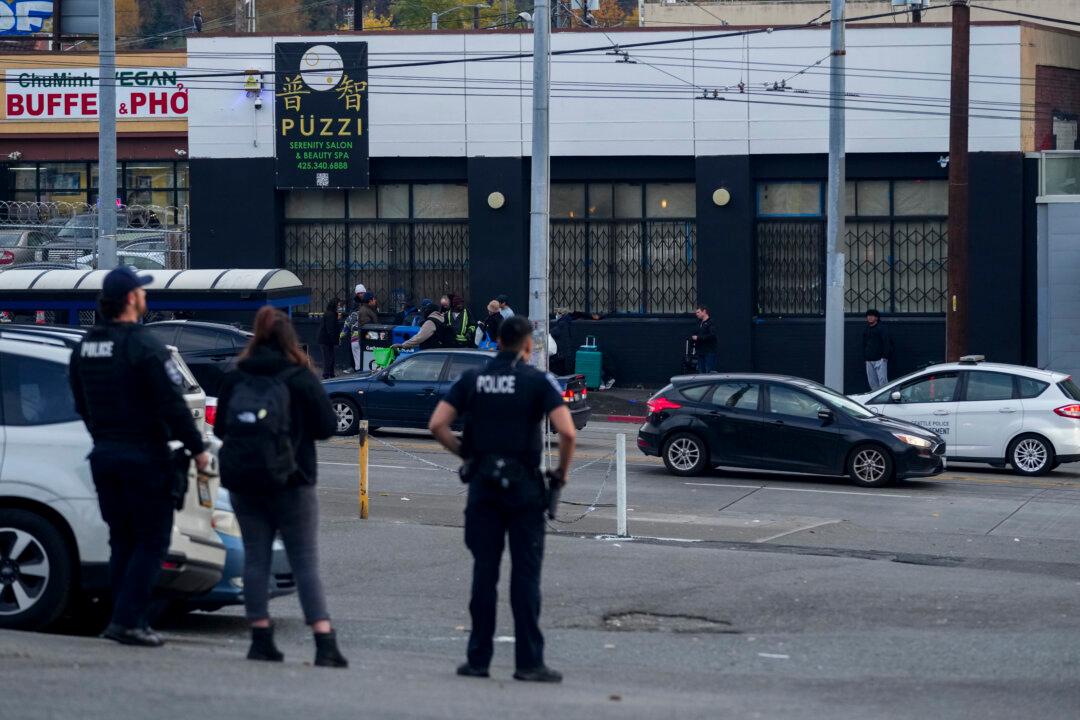United Nations employees in Afghanistan are being subjected to “harassment and intimidation” at the hands of the Taliban following the terrorist group’s swift takeover of the war-torn nation in August, according to U.N. staff members.
“We will continue to do everything possible to support our staff and keep them from harm’s way. The U.N. cannot conduct its work—work that is so essential to the Afghan people—if its personnel are subjected to intimidation, fear for their lives, and cannot move freely.”
Senior U.S. diplomat Jeffrey DeLaurentis told the U.N. Security Council that the United States was “outraged at reports that members of the Taliban have engaged in reprisals against U.N. staff throughout the country,” stating that such behavior is “simply unacceptable.”
“We are receiving increasing reports where the Taliban have prohibited women from appearing in public places without male chaperones and prevented women from working,” Lyons said.
“They have limited girls’ access to education in some regions and dismantled the Departments of Women’s Affairs across Afghanistan, as well as targeting women’s NGOs [Non-Governmental Organizations].”
When the Taliban was in power between 1996 and 2001, prior to a U.S.-led military operation two decades ago, the terrorist group banned women from the workplace and nearly all women were mostly confined to their homes. They also forbade women from leaving the home unaccompanied by a man and forced them to cover their entire bodies.

The U.N. also stressed that it’s extremely disturbed about reports of violence used against Afghan nationals protesting Sharia—or Taliban extremist rule—as well as journalists covering the demonstrations. That violence included shootings and persistent beatings, among other repressive measures, according to the U.N.
A newspaper editor said two of his journalists were beaten in police custody recently after covering the women’s protest in Kabul, where they were detained by the Taliban.
Zaki Daryabi, founder and editor-in-chief of the Etilaat Roz newspaper, shared images on social media of two male reporters, one with large, red welts across his lower back and legs and the other with similar marks on his shoulder and arm.





